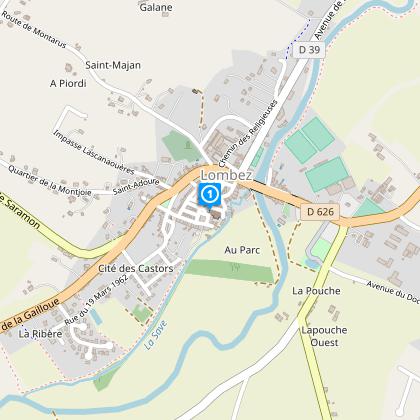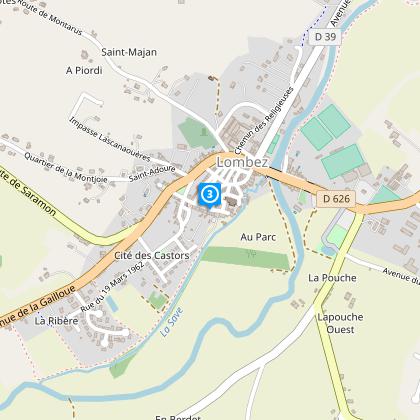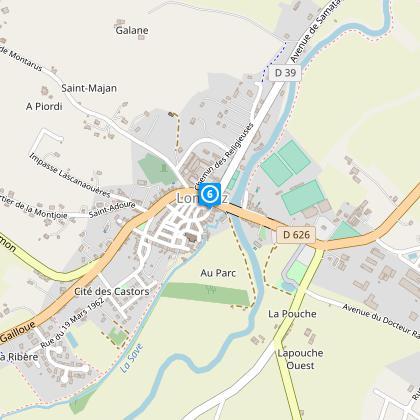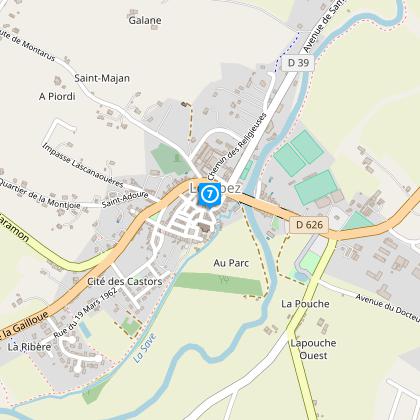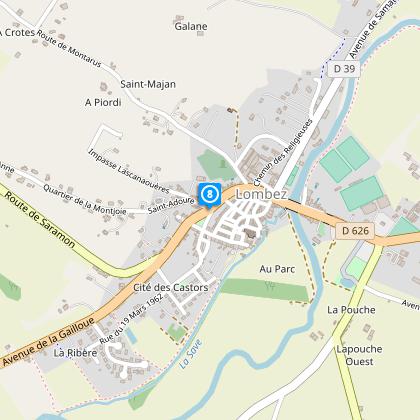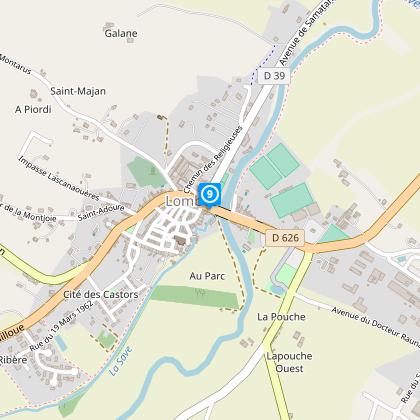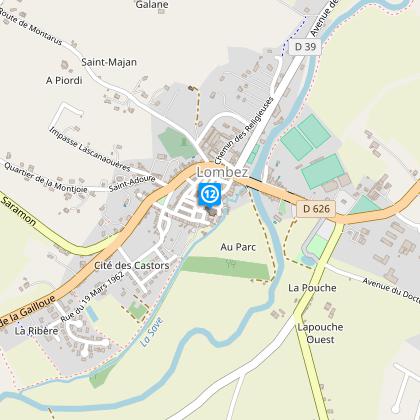Alert
Alerts
Type of practice
Racing biking
1h
Walking
Very easy
1h30mn
Cycling
1h
Mountainbiking
1h
Presentation
Description
Map
Steps
Ratings and reviews
See around
Lombez, audio tour of the historic heart

Credit : Airimage/Matthieu Chambraud
IGN cards

1944SB - SAMATAN LOMBEZ L'ISLE-EN-DODON
Editor : IGN
Collection : TOP 25 ET SÉRIE BLEUE
Scale : 1:25 000
13.90€

TOP100D32 - GERS AUCH MIRANDE ARMAGNAC
Editor : IGN
Collection : TOP 100
Scale : 1:100 000
8.40€

D32-82 GERS TARN-ET-GARONNE
Editor : IGN
Collection : CARTES DÉPARTEMENTALES IGN
Scale : 1:150 000
5.90€

D31-65 HAUTE-GARONNE HAUTES-PYRÉNÉES
Editor : IGN
Collection : CARTES DÉPARTEMENTALES IGN
Scale : 1:150 000
5.90€

D09-66 ARIÈGE PYRÉNÉES-ORIENTALES
Editor : IGN
Collection : CARTES DÉPARTEMENTALES IGN
Scale : 1:150 000
5.90€

NR11 NOUVELLE-AQUITAINE RECTO/VERSO BASSIN AQUITAIN
Editor : IGN
Collection : CARTES RÉGIONALES IGN
Scale : 1:250 000
6.80€

NR10 NOUVELLE-AQUITAINE RECTO /VERSO LIMOUSIN POITOU
Editor : IGN
Collection : CARTES RÉGIONALES IGN
Scale : 1:250 000
6.80€

EUROPE
Editor : IGN
Collection : DÉCOUVERTE DES PAYS DU MONDE IGN
Scale : 1:2 500 000
7.00€
Description
Welcome to Lombez! Lombez is in the department of the Gers which is part of the Toulouse area of Gascony. This small town, with just over 2000 inhabitants, is proud to have such a prestigious past: 500 years with a Benedictine faith abbey, 500 years of being a bishopric which means the area a bishop is in charge of and over a 100 years with the title of sub-prefecture.
Lombez has always drawn its wealth from grain farming thanks to the river Save’s alluvium.
Treat yourself to a 10 step journey taking you from the cathedral’s forecourt to discover the village huddled around it, so we can enlighten you and answer all your questions about this area.
Technical Information
Racing biking
Difficulty
Not specified
Duration
1h
(1d)
Dist.
1.6 km
Type of practice
Racing biking
1h
Walking
Very easy
1h30mn
Cycling
1h
Mountainbiking
1h
Show more
Altimetric profile
Starting point
10
Place de la Cathédrale
,
32220
Lombez
Lat : 43.47467Lng : 0.9102
Steps
Data author

proposed by
office de tourisme
15 Place de la Fontaine 32130 Samatan France
Ratings and reviews
To see around
